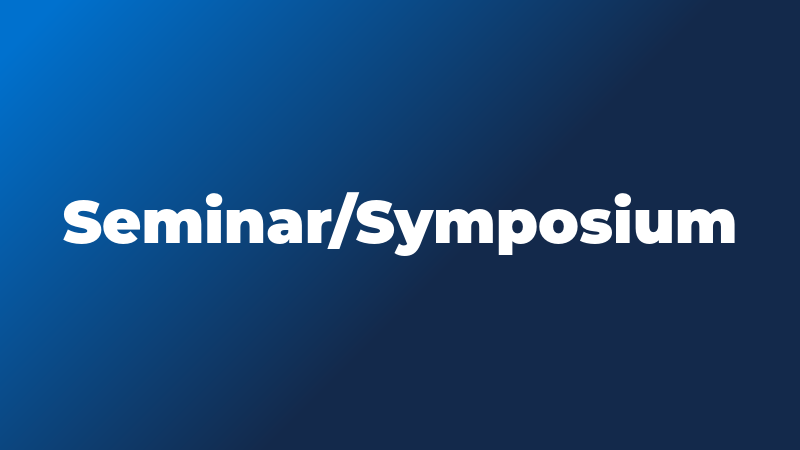CHBE 565 Seminar, Prof. Karthish Manthiram, Massachusetts Institute of Technology, "Controlling Interfacial Electron and Atom Transfer Reactions for Chemical Synthesis", (host: Prof. Paul Kenis)

- Sponsor
- Chemical & Biomolecular Engineering and International Paper Company
- Contact
- Christy Bowser
- cbowser@illinois.edu
- Phone
- 217-244-9214
- Views
- 181
- Originating Calendar
- Chemical & Biomolecular Engineering - Seminars and Events
Chemical synthesis is responsible for significant emissions of carbon dioxide worldwide. These emissions arise not only due to the energy requirements of chemical synthesis, but since hydrocarbon feedstocks can be overoxidized or used as hydrogen sources. Using renewable electricity to drive chemical synthesis may provide a route to overcoming these challenges, enabling synthetic routes which operate at benign conditions and utilize sustainable inputs. We are developing an electrosynthetic toolkit in which distributed feedstocks, including carbon dioxide, dinitrogen, water, and renewable electricity, can be converted into diverse fuels, chemicals, and materials.
In this presentation, we will first share recent advances made in our laboratory on nitrogen fixation to synthesize ammonia at ambient conditions. Specifically, our lab has investigated a continuous lithium-mediated approach to ammonia synthesis and understood the reaction network that controls selectivity. We have developed non-aqueous gas-diffusion electrodes which lead to high rates of ammonia synthesis at ambient conditions. Then, we will discuss how water can be used as a sustainable oxygen-atom source for epoxidation of olefins as well as related oxygen-atom transfer reactions, providing a route to utilize oxidative equivalents in a water electrolyzer. These findings will be discussed in the context of a broader range of electrosynthetic transformations which could lead to local and on-demand production of critical chemicals and materials.
